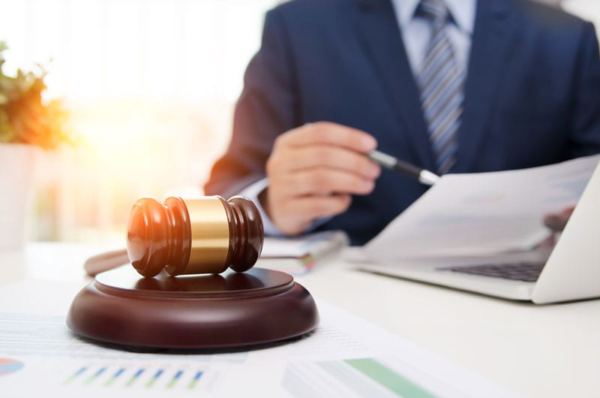When you find yourself caught in a web of insurmountable debt, filing for bankruptcy can appear to be a lifeline.
But while it may offer immediate relief from creditors and collection agencies, this financial decision has an enduring impact on your future borrowing capabilities. Specifically, the repercussions on your ability to secure loans and credit cards can be significant.
In this article, we’ll go beyond the surface to explore what bankruptcy means for your financial future in detail.
As soon as you file for bankruptcy, your credit score will drop. While a score drop is inevitable, the extent can vary depending on how high your score was to begin with.
Those with higher credit scores may experience a more significant drop. Bankruptcy will remain on your credit report for several years—10 years for a Chapter 7 bankruptcy and seven years for Chapter 13.
This blemish sends a red flag to potential lenders that you are a high-risk guest. Many traditional lenders may shy away from extending credit to you, while those who are willing will often charge exorbitant interest rates and require strict repayment terms.
The impact of bankruptcy doesn’t fade overnight. While the effects may lessen over time, you’ll still find yourself wading through a waiting period that lasts years, not months.
For example, Federal Housing Administration (FHA) loans require at least two years to pass after a Chapter 7 discharge before they’ll consider you. Conventional mortgage lenders may ask you to wait even longer, with some requiring a four-year waiting period.
Auto loans and personal loans may be more lenient, but even they will require you to demonstrate financial stability post-bankruptcy. And rest assured, the interest rates will be far less friendly than you may remember.
For those looking to bounce back quickly, a secured credit card may be a viable option.
Secured cards require a cash deposit that serves as collateral and sets your credit limit. The advantage is that these cards report to all three major credit bureaus, enabling you to rebuild your credit history over time.
However, these cards often come with higher fees and interest rates, so it’s crucial to read the terms carefully and make timely payments to avoid additional charges.

Having a co-signer or guarantor can be another avenue for securing credit or loans. In this setup, the co-signer agrees to take responsibility for your debt if you default on your payments.
But tread lightly here. Your financial actions will directly impact the co-signer’s credit history.
If you miss payments or default on the loan, both parties will suffer the consequences, potentially damaging relationships in addition to credit scores.
Reestablishing your credit post-bankruptcy is a long-term project requiring strategic planning. Here are some detailed steps to guide you:
Though the journey may be tough, bankruptcy does not have to spell the end of your financial well-being. Think of it as a fresh start—a chance to eliminate past debts and rebuild a more stable and sustainable financial future.
The decision to file for bankruptcy should never be taken lightly, given its long-lasting impact on your financial future.
But by understanding its implications on future loans and credit cards, you can strategize your path to recovery more effectively. Bankruptcy closes some doors but also opens new ones to a financially disciplined future.
The journey may be long and laden with hurdles, but with the right steps, you can regain control of your financial life.
At Blue Bee Bankruptcy, our lawyers are highly experienced in bankruptcy options. More importantly, we understand that each case we receive is unique and each client has different needs and goals. We will discuss these signs with you and decide the best route to take.
We strive to help our clients rebuild their lives and take steps toward a better financial future through filing.

If you’re dealing with the potential of bankruptcy, give us a call. Our team will work to help you by reviewing all of the options our firm has available. We will ensure you’ll get the best possible outcome for your situation.
Get in touch today so we can start working on either halting bankruptcies or preventing them from taking place altogether!
Contact Us Today For Help! You can schedule your free consultation online or call us at (801) 285-0980.
